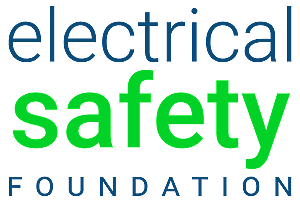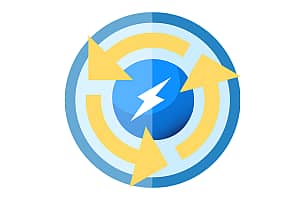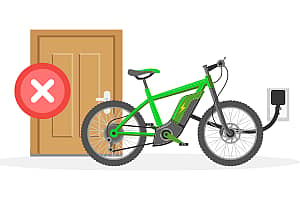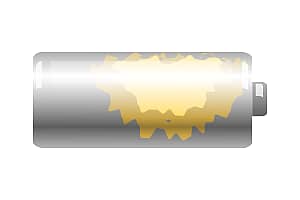Outdoors is the most dangerous place to be during a lightning storm. Because lightning can travel sideways for up to 10 miles, blue skies are not an indication of safety. If you hear thunder, go inside immediately.
Indoor Lightning Safety Tips
- Once indoors, stay away from windows and doors.
- Do not use corded telephones, except for emergencies. You can use cordless or cellular phones.
- Unplug electronic equipment before the storm arrives and avoid contact with electrical equipment or cords during storms.
- Avoid contact with plumbing, including sinks, baths and faucets.
Outdoor Lightning Safety Tips
- Go to a low point. Lightning hits the tallest available object. Get down low if you are in an exposed area.
- Stay away from trees.
- Stay away from water, including pools, lakes, puddles and anything damp – like grass.
- Don’t stand close to other people. Spread out.
- Avoid metal. Don’t hold onto metal items like bats, golf clubs, fishing rods, tennis rackets, or tools.
- Stay away from metal sheds, clotheslines, poles and fences.
- If you drive into a thunderstorm in your car, slow down and use extra caution. If possible, pull off the road into a safe area. Do NOT leave the vehicle during a thunderstorm. A vehicle is considered safe during a thunderstorm if it is fully enclosed with a metal top such as a hard topped car, minivan, bus, truck, etc. While inside a safe vehicle, do not use electronic devices such as radio communications during a thunderstorm.
- If you feel a tingling sensation or your hair stands on end, lightning may be about to strike. Crouch down and cover your ears.
- Don’t forget pets during thunderstorms. Doghouses are not lightning safe. Dogs that are chained can easily fall victim to a lightning strike.







